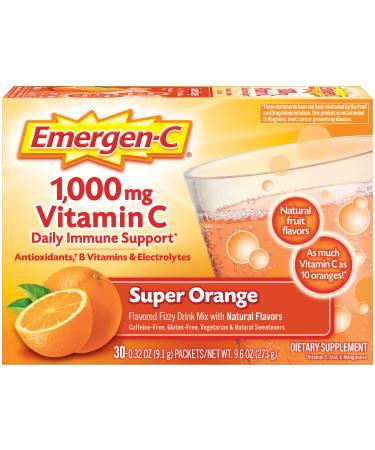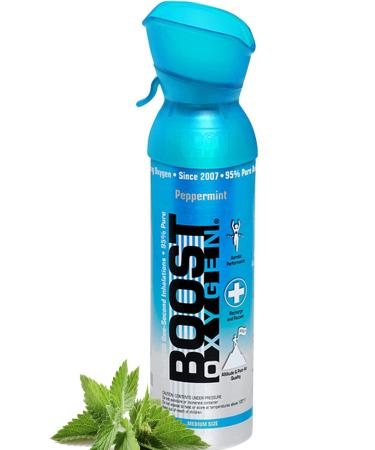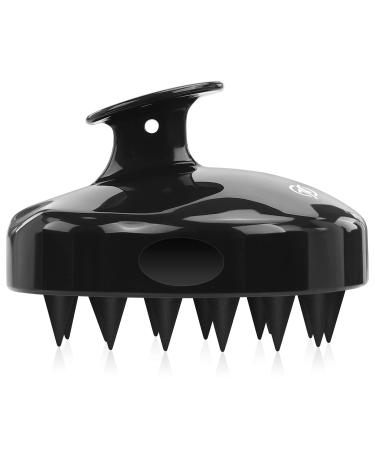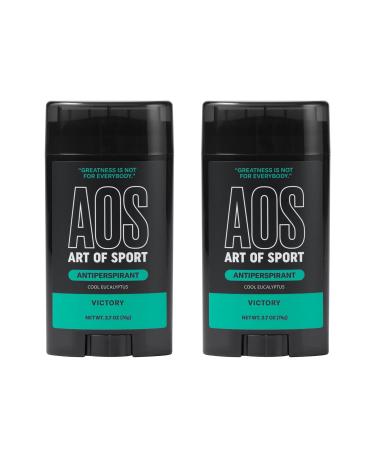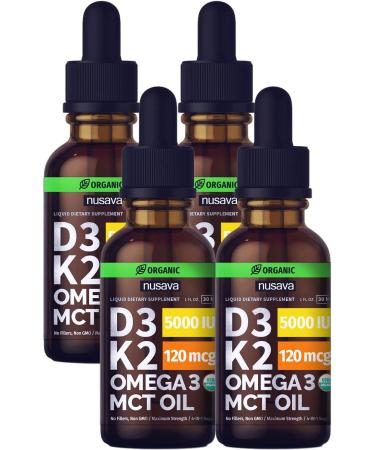Phytosome Technology Enhances the Curcumins' Biological Activity.
The curcumins are normally very poorly absorbed when taken by mouth.1,2,3 This severely limits their biological action and is due to both their low capacity to mix with water and their tendency to be destroyed by water (due to a reaction called "hydrolysis").1,2 The Phytosome** technology binds each curcumin molecule with one or more molecules of the nutrient PC (phosphatidylcholine), to make molecular complexes called phytosomes. Curcumin molecules in the Meriva** phytosome complexes are considerably more stable against breakdown, and mix far better into water, so that they are markedly better absorbed when taken by mouth.3.
The PC molecules in the phytosomes serve as a 'delivery vehicle' or 'chaperone' that not only chemically protects the curcumin molecules, but also markedly increases their absorption because PC itself is excellently absorbed when taken by mouth.3 A sophisticated human absorption study found that the curcumins were far better absorbed when taken as Meriva** phytosomes, compared to their basic molecular forms.2.
PC is a universal constituent of cell membranes, which are the main functional drivers of cells.4,5 It may be that with the Meriva** phytosomes, PC molecules transport the curcumins from the bloodstream all the way to the cells and into these membranes, which are known to be the curcumins' main sites of action.6.
PC itself is fundamentally important for human health.7,8 It has a unique molecular structure that the body uses to help make bile fluid, which serves to emulsify food molecules for better absorption. It is also important for the membrane systems that generate energy in the mitochondria,7 and as a dietary source of the essential nutrient choline.8 Supplementing the diet with Meriva** phytosomes helps replete the body's PC reservoirs.
Joint Health Breakthrough-Two Clinical Trials*.
In two similarly designed double-blind trials, Meriva** improved joint comfort, stiffness, and overall physical function.12,13 Both trials used Meriva** at 1000 mg per day—the first for 3 months, the second for 8 months. Treadmill walk distance was statistically significantly improved, by 435% in the first trial, 345% in the second. The commonly used WOMAC score (Western Ontario and McMaster Universities questionnaire) improved by 58% and 59%, respectively.
In the first double-blind trial, which involved 50 subjects, Meriva** improved treadmill walking performance from an average 83 yards to 250 yards after 2 months and 361 yards at 3 months.12 In the second double-blind trial, with 89 subjects, Meriva** improved walking from an average 84 yards to 375 yards after 8 months.13 Treadmill speed was about 1.9 miles per hour with an upward inclination of 10% in both trials.
Proven for Eye Health-Two Clinical Trials.
Some individuals can experience a reddening of the front of the eye that repeatedly reappears with the passage of time. In a clinical trial, 106 individuals with this problem received Meriva** at 1,200 mg per day for 1 year.14 There were 86% fewer reappearances during this period, and in 82% of the subjects (87 out of 106) it did not return for the entire year of the trial.



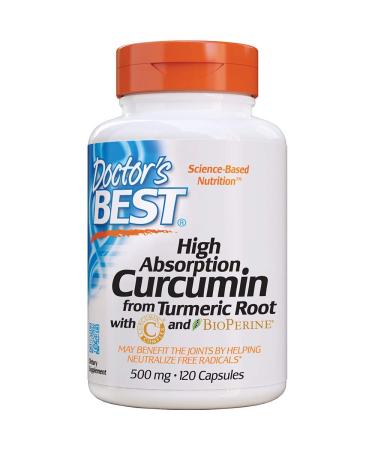
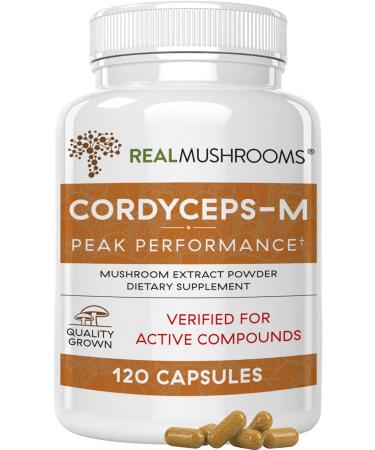
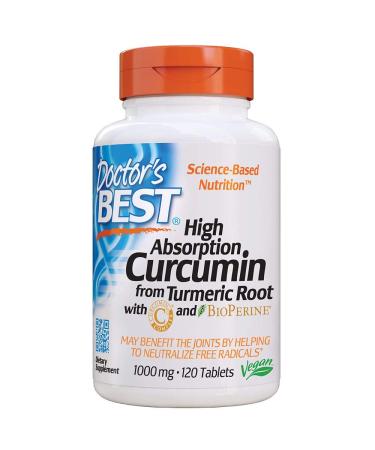
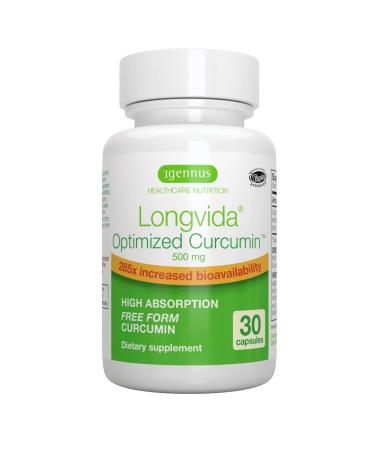

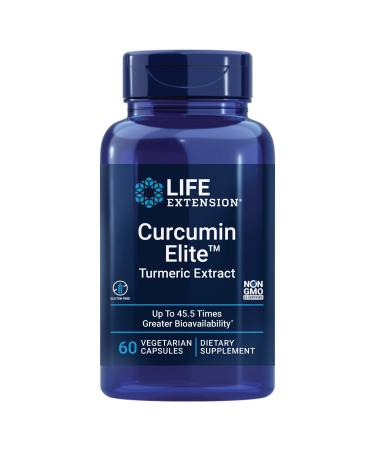


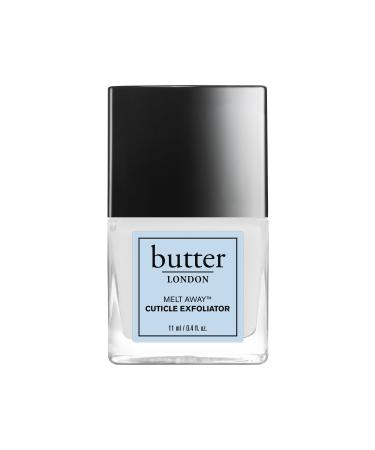
![Stewart Freeze Dried Dog Treats Made in USA [Single Ingredient Puppy and Dog Training Treats - Grain Free Natural Dog Treats] Resealable Tub to Preserve Freshness - Buy Online on GoSupps.com](https://www.gosupps.com/media/catalog/product/cache/25/small_image/375x450/9df78eab33525d08d6e5fb8d27136e95/6/1/61gwbbixarl._ac_sl1500_.jpg)
